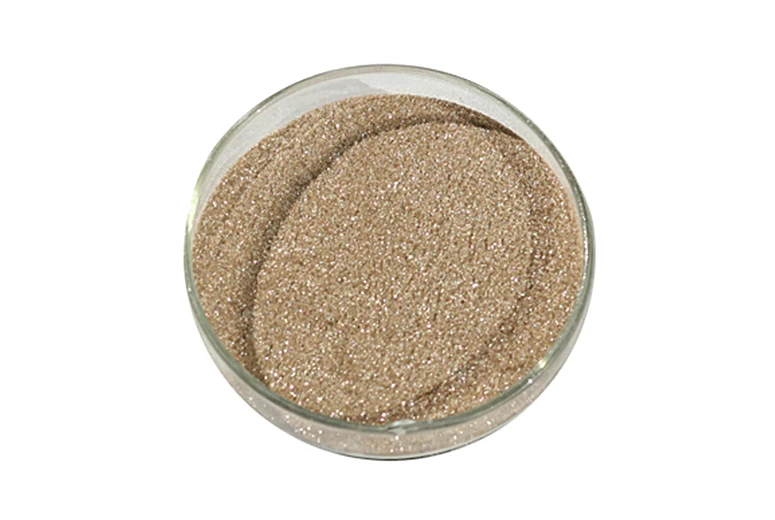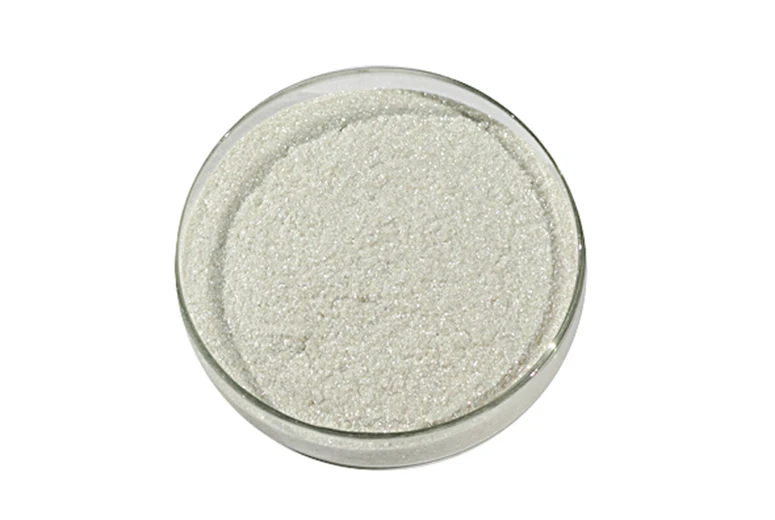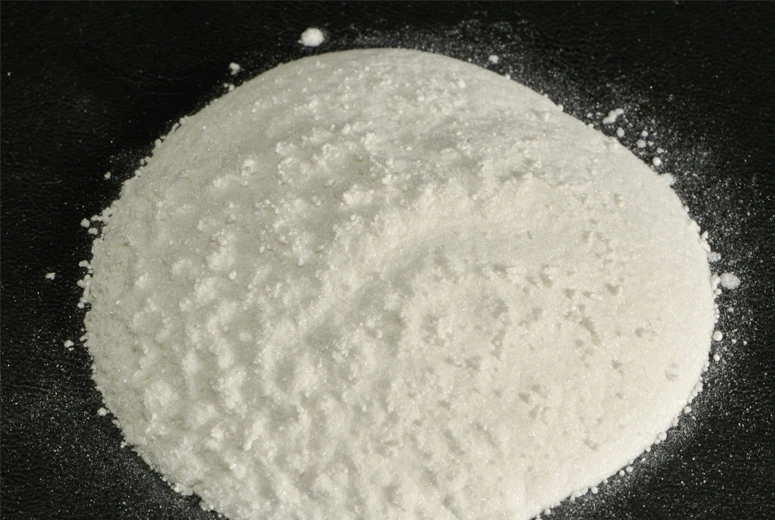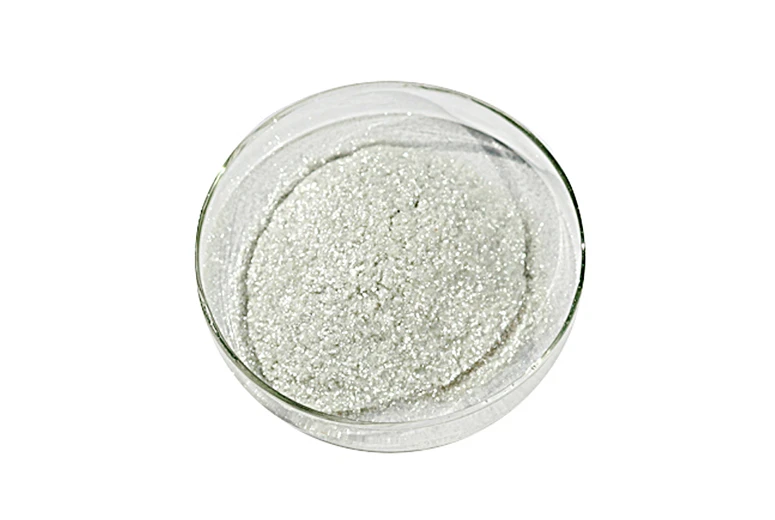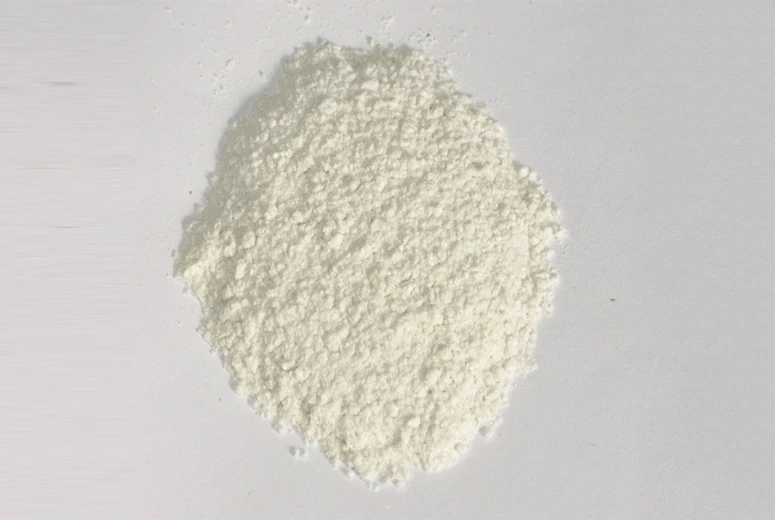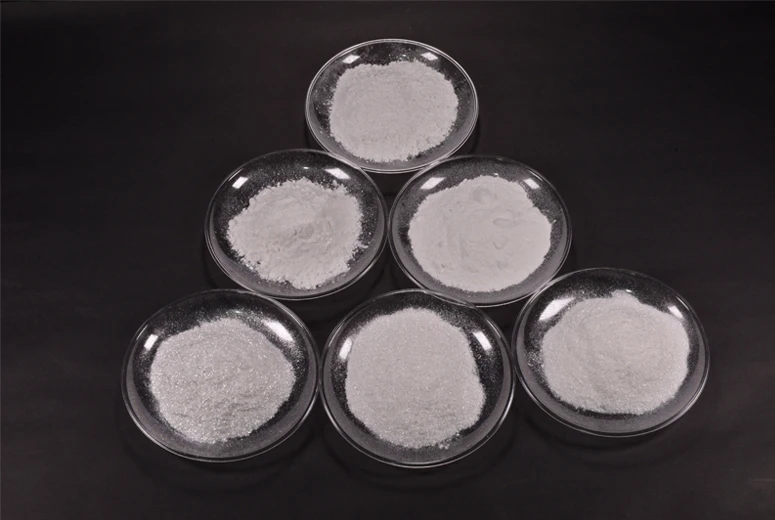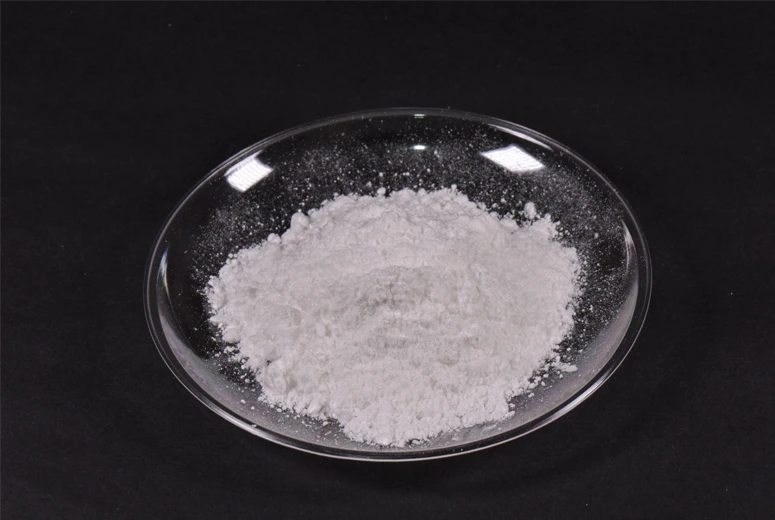The Secret with Mica Powder for Cosmetics Behind Radiant, Natural Makeup
The beauty industry has seen a growing demand for natural, skin-friendly ingredients that deliver both performance and safety. Among these, mica powder for cosmetics has emerged as a superstar component, prized for its ability to create luminous, lightweight, and buildable coverage. Whether you're a formulator creating the next best-selling eyeshadow or a conscious consumer looking for cleaner makeup options, understanding mica powder for skin and mica cosmetics applications is essential.

1. Why Mica Powder for Skin is a Makeup Must-Have
Mica powder for skin has become a cornerstone in cosmetic formulations due to its unique properties:
Key Benefits of Mica in Cosmetics
✔ Natural Radiance – Mica’s light-reflecting particles create a soft-focus glow, reducing the appearance of fine lines and imperfections.
✔ Lightweight & Breathable – Unlike heavy mineral powders, mica powder makeup blends seamlessly without clogging pores.
✔ Versatile Formulations – Works in pressed powders, loose pigments, liquid highlighters, and more.
✔ Skin-Safe & Non-Irritating – When properly processed, cosmetic-grade mica is gentle even on sensitive skin.
How Mica Enhances Different Makeup Products
Eyeshadows – Adds shimmer and depth without fallout.
Foundations – Provides a luminous, second-skin finish.
Highlighters – Delivers a natural, lit-from-within glow.
Lipsticks – Creates metallic and pearlized effects.
With its ability to adapt to various textures and finishes, mica cosmetics are a formulator’s dream ingredient.
2. The Science Behind Mica Powder Makeup Performance
What makes mica powder for cosmetics so effective? The answer lies in its mineral structure and processing methods.
How Mica Works in Formulations
Platelet Structure – Mica’s layered particles scatter light, diffusing imperfections and enhancing luminosity.
Surface Treatments – Coated micas improve adhesion, blendability, and water resistance.
Particle Size Matters – Finer grades (5-50 microns) offer smoother application, while larger particles create sparkle.
Types of Mica Used in Cosmetics
|
Type |
Characteristics |
Best For |
|
Natural Muscovite |
Pearlescent, semi-transparent |
Highlighters, eyeshadows |
|
Synthetic Fluorophlogopite |
Brighter, more uniform |
High-pigment cosmetics |
|
Color-Infused Mica |
Pre-dyed for vibrant hues |
Pressed pigments, blushes |
Understanding these variations helps brands select the perfect mica powder makeup base for their products.
3. Formulating with Mica Powder for Cosmetics: Pro Tips
Creating high-performance mica cosmetics requires technical know-how. Here’s how professionals optimize mica usage:
Best Practices for Cosmetic Use
Blending Ratios – Typically 5-30% in formulations, depending on desired opacity.
Combining with Other Minerals – Mix with iron oxides for matte finishes or titanium dioxide for opacity.
Avoiding Clumping – Use anti-caking agents like silica in loose powders.
Trending Applications
Glass Skin Effect – Ultra-fine mica mimics Korean beauty’s dewy look.
Vegan Cream Highlighters – Mica suspended in plant-based emulsions.
Multipurpose Sticks – Mica’s stability makes it ideal for solid compacts.
Formulators prioritizing mica powder for skin safety should always verify:
Heavy metal testing reports
Non-GMO and vegan certifications
Cruelty-free sourcing
4. Choosing the Best Mica Powder for Your Needs
Not all micas are created equal. Here’s what to look for:
Quality Checklist
✔ Cosmetic-Grade Purity – Free from quartz or other impurities.
✔ Particle Uniformity – Ensures consistent performance.
✔ Ethical Sourcing – Traceable supply chains without child labor concerns.
Popular Finishes & Their Uses
|
Finish |
Effect |
Ideal Products |
|
Satin |
Soft glow |
Foundations, setting powders |
|
Shimmer |
Medium reflect |
Eyeshadows, body powders |
|
Sparkle |
High drama |
Festival makeup, toppers |
For brands, investing in premium mica powder makeup ingredients translates to better customer satisfaction and repeat purchases.
5.FAQS About Mica Powder Cosmetics
1.Is mica powder for skin safe for sensitive types?
Yes, properly processed cosmetic-grade mica is non-comedogenic and gentle, making it suitable for most sensitive skin types. Mica is a natural mineral that doesn't typically trigger allergic reactions. However, since individual sensitivities vary, it's crucial to always patch-test new formulations on a small area of skin, like the inner forearm, to check for any adverse effects before full application.
2.How does mica powder makeup differ from glitter?
Mica provides refined shimmer via natural mineral particles, creating a soft, luminous effect that blends seamlessly into the skin. In contrast, glitter uses larger, plastic-based flakes that can be rougher and more likely to irritate sensitive skin. Additionally, mica's smaller, smoother particles allow for a more natural, subtle glow, while glitter is often more eye-catching and bold.
3.Can mica cosmetics be used in lip products?
Absolutely! Mica is a popular ingredient in lip products due to its ability to add shine and color. For the best results in lipsticks and glosses, choose finer grades (10 - 25 microns) as they ensure a smooth application without a gritty texture, providing a comfortable, long-lasting finish that enhances the lips' appearance.
4.What’s the shelf life of mica powder for cosmetics?
When stored in airtight containers away from moisture, mica remains stable for 3+ years. Moisture can cause the mica particles to clump together and affect the product's performance. Storing it in a cool, dry place, away from direct sunlight, helps maintain its quality, ensuring it continues to provide the desired shimmer and texture in your cosmetics.
5.Why does some mica powder makeup appear patchy?
Poor blending or low-quality mica with uneven particle sizes can cause patchiness. Inferior mica may have large, inconsistent particles that don't spread evenly on the skin. Opt for premium, milled varieties that have been carefully processed to ensure uniform particle sizes, making them easier to blend and resulting in a smooth, even finish.
-
Types of Mica and Their UsesNewsAug.18,2025
-
The Versatile Applications of Pearl Powdered Pigments: A Wholesaler’s GuideNewsAug.18,2025
-
Pigment Powder for Resin: The Ultimate Guide for WholesalersNewsAug.18,2025
-
Mica Paint Powder: Insulating and Thermal CoatingsNewsAug.18,2025
-
Cosmetic Uses of White Mica PowderNewsAug.18,2025
-
Cosmetic Micas & Skin-Safe Mica Powder: Elevate Your Beauty ProductsNewsAug.18,2025
Products categories


